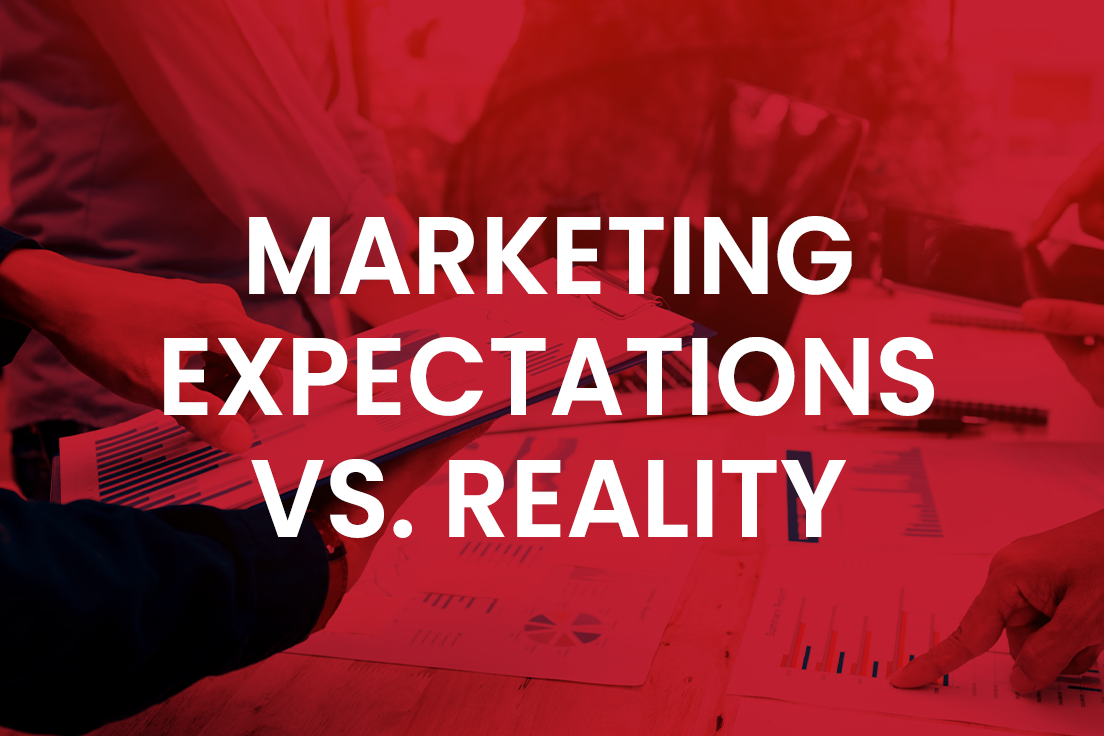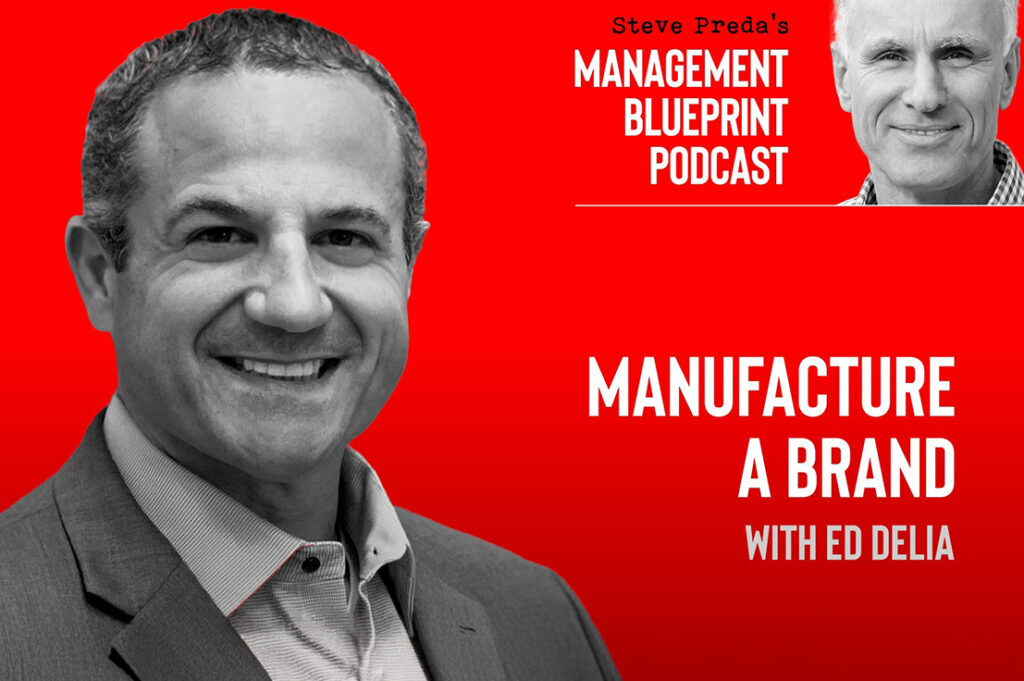Start with an Objective to Meet – and Exceed – Goals
There seems to be some confusion between “marketing” and “sales” for many business-to-business organizations, namely because the dividing line separating these two functions is often blurred. As a result, expectations can far exceed what reality could ever produce, on both the marketing and sales sides of the fence.
So, let me provide some clarification.
In most cases, it takes a little work to draw direct correlations between marketing and sales. Marketing creates the opportunity for sales. And while marketing success can be measured – usually in the form of Marketing Qualified Leads (MQLs) – it does not “guarantee” sales. Instead, marketing creates selling opportunities. Unless the item or offer is e-commerce based, it still requires – as in most cases for b2b products and services – the skills of trained sales professionals to close the deal.
Although marketing is never a guarantee for sales, you can easily determine the number of leads that marketing generates with proper measuring. With accurate knowledge of a lead-to-close ratio, a fairly accurate marketing return on investment (MROI) can then be determined. But before anything can be calculated in a measurable and meaningful way, we must decide what the goal actually is.
Get “Objective” By Starting with One
One of the biggest problems for B2Bs is that they haphazardly invest in marketing. They see something intriguing and take a sporadic or opportunistic approach. And it works out, or it doesn’t. That style of marketing is similar to gambling, or games of chance. You have no defined goal, no path to follow and no way to quantify success – or failure.
As I used to say to young players during my baseball coaching days: “Did you use the proper technique, or did the bat and the ball happen to collide? Because they will do that from time to time. Use the right technique consistently, and you will hit consistently.”
The same is true with marketing. Clients who have been with us for many years understand the value of setting measurable goals and objectives. They have invested consistently every year and have prospered with year-over-year growth, even in tough economic times. It’s the consistent and constant engagement with the marketplace that keeps a brand’s name circulating and in play.
Out of sight = Out of mind.
In sight = Top of mind.
The first step is to create an objective that makes sense for your organization. It needs to be specific and measurable.
Bad Objective Statement: We want to use marketing to grow sales.
Good Objective Statement: We want to generate 8 marketing qualified leads per month on average in 2021.
It’s an especially “good” objective if you know that you close 2 out of every 8 leads, and the average annual value of a new client is $50,000. That represents $1.2 million in new sales. If your annual marketing investment to achieve that is $200,000, that’s a very healthy ROI.
Using a S.M.A.R.T. Strategy
So how exactly do you set a “good” objective? It all begins with being S.M.A.R.T.
S.M.A.R.T. = Specific. Measurable. Achievable. Realistic. Timely.
The “Realistic” part is perhaps the hardest, requiring some perspective. For instance, if historically, the company has never achieved more than 1-2 leads per month, 8 out of the gate may be a stretch. For that company, a better objective statement would be: Incrementally increase lead generation to 8 per month on average in 2021.
That’s an objective statement that is meaningful, trackable and therefore doable. Then, and only then, do you assemble and align the right marketing tactics to make it happen.
Measuring Success
As shown above, there is no point in creating S.M.A.R.T. marketing goals and objectives if you are not going to take the time to calculate and evaluate overall success. In the following example, let’s suppose the client has set an ambitious goal to grow sales annually by 300%. They decide to budget $100,000 in marketing to support this objective.
Using simple math:
- We invest $100,000 in annual marketing initiatives.
- We generate 50 MQLs with an average annual selling opportunity of $50,000; or a new business opportunity pipeline of $2,500,000.
- Let’s say we know our historical lead-to-close ratio is 30% on new business opportunities.
That means we can reasonably anticipate that we will close $750,000 in new sales from our investment.
Our Marketing ROI is:
(Sales Growth – Marketing Investment) ÷ Marketing Investment
Using our simple math:
($750,000 – $100,000) ÷ $100,000 = 650%
Not taking into account the cost of goods sold, 650% is a strong return that far exceeds their expectations. If every time you gave me $1.00, I gave you $6.50 back, it would make good business sense to keep giving me a dollar.
Getting back to expectations vs reality, the more you define and quantify your sales objectives, the better you can invest your marketing dollars. By doing so, marketing and sales will work together to help your organization reach – and even exceed – its goals.
Do you have a marketing objective statement you would like to run by me? Feel free to reach out and let’s talk.
Thanks,
Ed
If you want a fresh perspective or need some help, feel free to give us a call at 908-534-9044 or get in touch with us here.







